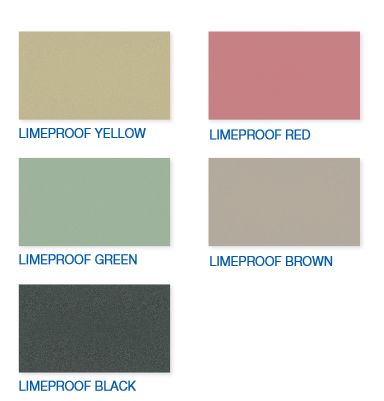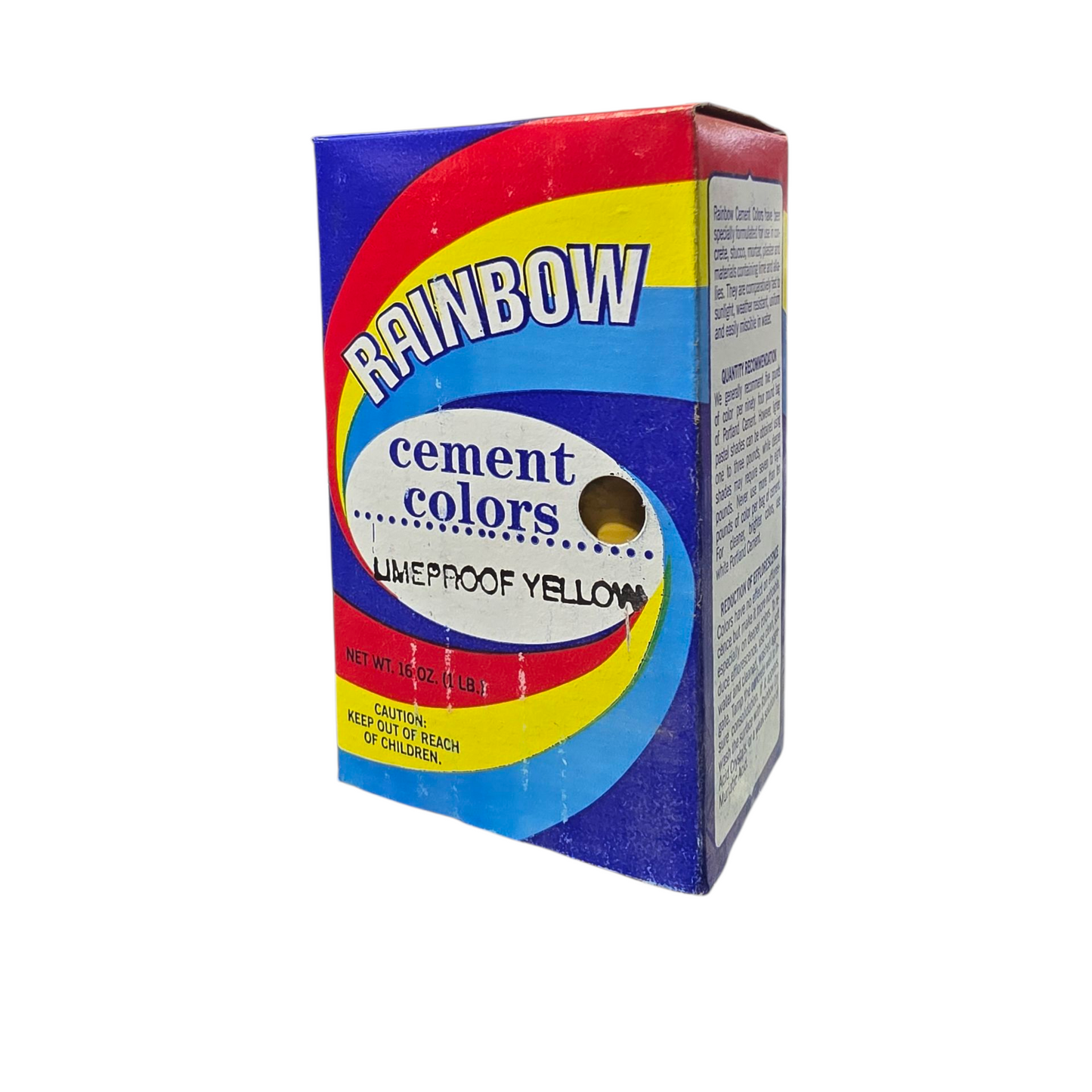Rainbow
Rainbow Cement Colors 1lb
Rainbow Cement Colors 1lb
40 in stock
Couldn't load pickup availability
RAINBOW CEMENT COLORS are universal pigments which can be used to tint any type of cement or gypsum product. They are completely compatible with one another for mixing so that an endless variety of shades can be achieved.

USES:
- Tinting any type of cement or gypsum product
- Tinting latex or oil based paints
- False graining of furniture
- Milk paint pigment
ADVANTAGES:
- Comparatively fast to sunlight
- Resistant to alkalies and weak acids
- Weather resistant
- Uniform, will not deteriorate in storage
- Non-reactive, free from soluble salts and acids
- Easily dispersed in water, insoluble in water
INSTALLATION:
Mixing: Tinted Cement Or Gypsum
If mixing is done by hand, place the sand in the bottom of the mixing box, spread the cement over it, and sprinkle the predetermined amount of pigment over the cement. The whole batch should be thoroughly mixed dry until the entire batch is of uniform color and free of streaks.
Water should then be added to bring the mixture to the proper consistency and the whole batch wet mixed. Do not use more water than is necessary as a wet mix is difficult to handle and weakens the concrete. On large jobs it is often economical to mix mechanically rather than manually. When using a mixer, the same care must be taken in weighing all ingredients and in thoroughly dry mixing to a uniform color before the water is added.
Placement: Colored Concrete All The Way Through
After mixing the concrete, place and finish as you would ordinary concrete. Do the finish troweling only after the moisture has disappeared from the surface.
Placement: Colored Top Layer Concrete
Lay base layer of uncolored concrete in usual manner allowing 1 inch for the top layer. While the base is still wet, yet stiff, and the surface water has disappeared, place 1 inch of colored concrete on top, working it thoroughly to force the air out of the mass. Be certain to mix the colored concrete as outlined above. Trim off any surplus with a trowel and level. Do the finish troweling only after the moisture has disappeared from the surface. This method requires a little more labor, but can save a considerable amount of color.
Share





- Choosing a selection results in a full page refresh.
- Opens in a new window.

